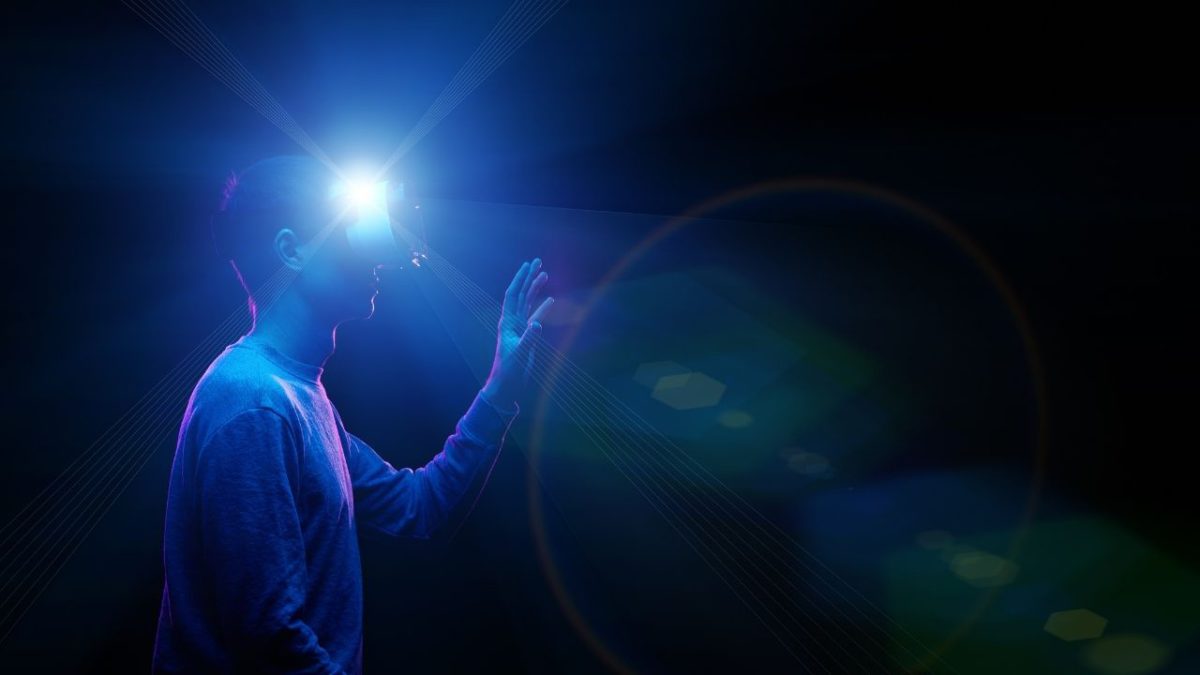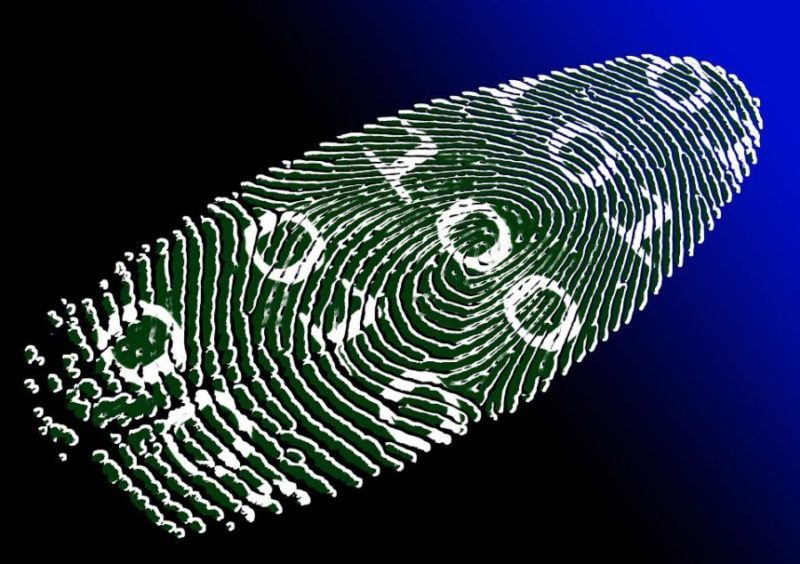The Metaverse and How Does It Work in 2022. Everything You Need to Know
If you work in technology or marketing in any capacity, you’ve almost certainly come across the term ‘metaverse.’ And, like the majority of people, you probably struggled to comprehend the notion. That isn’t shocking in the least. After all, the Metaverse’s very notion seems like something you’d only find in science fiction novels (cases in point: Ready Player One and Snow Crasher).
This raises a couple of intriguing questions:
- Is it possible that the Metaverse will be the next great thing?
- Is it just another bubble ready to burst, or is it something more?
In any case, firms, inventors, and investors are already banking on it (which is unsurprising given the Metaverse’s potential income of $1 trillion). Investments and power maneuvers have already been undertaken to acquire a footing in a possible gold mine (with more to come).
What is the Metaverse, and how does it work?
Before we begin, let’s be clear: the Metaverse does not yet exist. Or, if it does, it isn’t completely developed yet.
The term “metaverse” has several meanings depending on who you ask. However, I favor Bloccelerate VC founder Kate Mitselmakher’s description since it is more broad and straightforward:
“[The Metaverse is] a distributed ecosystem of interconnected people, objects, and assets, each represented in digital form with a unique self-sovereign ID — natively interoperable.”
The Metaverse is a contextual destination that emerges when digital technologies are integrated with the actual world, allowing for interactive and immersive experiences spanning work, entertainment, and everything in between.
The Metaverse is frequently misunderstood to be limited to extended reality. It’s not the case. Sure, virtual and augmented reality is a massive part of it, but the Metaverse has a lot of other components that will revolutionize the way we live, work, and interact.
Consider the concept of virtual concerts. Consider donning a piece of digital apparel and purchasing it with a digital wallet or anything similar. Consider working in a virtual office alongside your coworkers, where a digital avatar represents everyone (including yourself).
All of this is already taking place. The distinction is that in a fully formed metaverse, everything happens simultaneously and in ways that ensure identity, data, objects, and ownership are maintained.
Also, read – The Metaverse Glossary You Need To Memorize
Metaverse is the next step in the Internet’s growth. It is an interoperable, decentralized, and democratized version of the Internet. A new frontier where massive and real-time interactions take place.
How will all of this happen? To begin with, the Metaverse is a fusion of several technologies such as 5G, blockchain, NFT technology, cloud computing, AI, and the creator economy.
[대한민국 대전환 ON] Spanish report… Telefonica, the world’s 5th largest mobile operator, “The metaverse world opened with 5G” https://t.co/csFDhbCcJX pic.twitter.com/Z1sLvFBrrq
— Joaquin (@Paralorzas) May 23, 2022
How will Metaverse be part of our life? A likely roadmap
When it comes to the Metaverse, nothing is set in stone yet. There are just too many participants and layers to take into account. However, with billions of dollars invested in technologies that many believe will be the Metaverse’s building blocks, cynics are altering their minds out of fear of becoming obsolete.
People worldwide are already spending a lot of time online, so the Metaverse has a solid case to make. Furthermore, our digital identities are more important than they’ve ever been.
With the convergence of developing technologies that aid in the development of that identity, organizations and artists will be pushed to place a greater emphasis on interoperability to ensure that experiences are aligned and consistent.
Here are some significant developments that will shape the multiverse’s (likely) path in the future years.
The interaction of 2D newsfeeds, 3D environments, and physical reality creates and constructs social experiences.
On top of AR/VR, there are extended realities.
There are aspects of the virtual world that are impossible to tell apart from real life.
Community formation is based on philosophy and culture rather than location.
Users’ willingness to pay for immersive and engaging experiences results in new markets, income streams, and job opportunities.
The NFT economy, for example, drives property transactions.
Stay informed with daily updates from Blockchain Magazine on Google News. Click here to follow us and mark as favorite: [Blockchain Magazine on Google News].
Get Blockchain Insights In Inbox
Stay ahead of the curve with expert analysis and market updates.
latest from tech
Disclaimer: Any post shared by a third-party agency are sponsored and Blockchain Magazine has no views on any such posts. The views and opinions expressed in this post are those of the clients and do not necessarily reflect the official policy or position of Blockchain Magazine. The information provided in this post is for informational purposes only and should not be considered as financial, investment, or professional advice. Blockchain Magazine does not endorse or promote any specific products, services, or companies mentioned in this posts. Readers are encouraged to conduct their own research and consult with a qualified professional before making any financial decisions. The featured image used is just a creative depiction of the title and it does not intend to hurt sentiments of any person or institution. If it hurts anyone sentiments, please do not hesitate to reach out to Blockchain Magazine.

 Bitcoin
Bitcoin  Ethereum
Ethereum  XRP
XRP  Tether
Tether  Solana
Solana  Dogecoin
Dogecoin  USDC
USDC  Cardano
Cardano  Lido Staked Ether
Lido Staked Ether  TRON
TRON  Chainlink
Chainlink  Avalanche
Avalanche  Wrapped Bitcoin
Wrapped Bitcoin  Wrapped stETH
Wrapped stETH  Sui
Sui  Stellar
Stellar  Toncoin
Toncoin  Hedera
Hedera  Shiba Inu
Shiba Inu  Polkadot
Polkadot  WETH
WETH  LEO Token
LEO Token  Bitcoin Cash
Bitcoin Cash  Litecoin
Litecoin  Bitget Token
Bitget Token  Hyperliquid
Hyperliquid  Uniswap
Uniswap  Official Trump
Official Trump  Wrapped eETH
Wrapped eETH  USDS
USDS  Pepe
Pepe  NEAR Protocol
NEAR Protocol  Ethena USDe
Ethena USDe  Aave
Aave  Aptos
Aptos  Internet Computer
Internet Computer  Ondo
Ondo  Ethereum Classic
Ethereum Classic  WhiteBIT Coin
WhiteBIT Coin  Mantle
Mantle  Monero
Monero  Cronos
Cronos  POL (ex-MATIC)
POL (ex-MATIC)  Render
Render  Dai
Dai  Algorand
Algorand  MANTRA
MANTRA  Layer One X
Layer One X 




